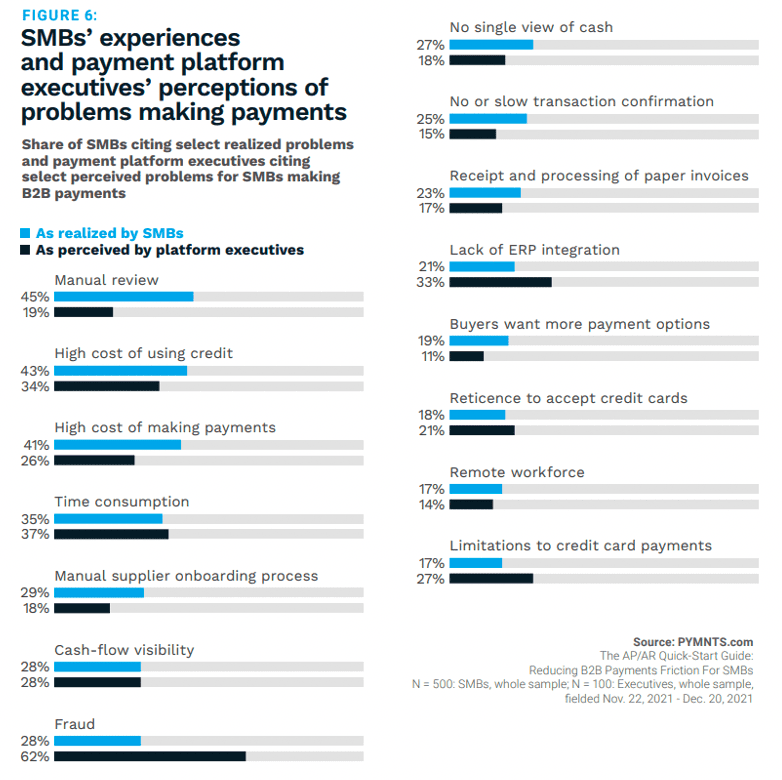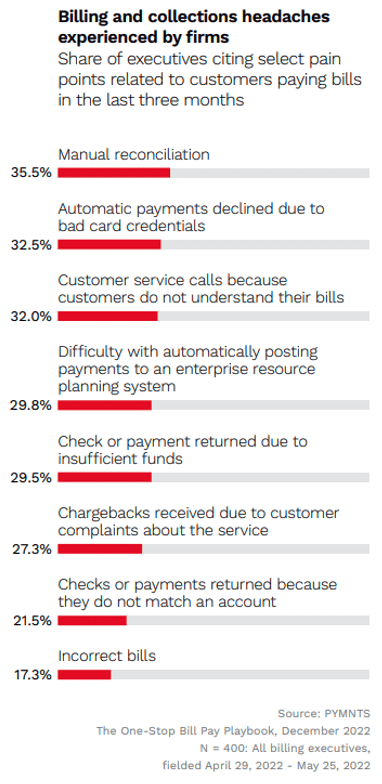Small Business Retailers Use Automation to Fight Shopper Price ‘Rebellion’
Savvy small- to medium-sized businesses (SMBs) may consider prioritizing automating accounts payable (AP)/accounts receivable (AR) systems to slash price tag hikes while dispensing of manual involvement headaches.
Some companies are leveling off or rolling back price increases in the coming year after pandemic-related and supply chain issues precipitated rising costs in 2022, The Wall Street Journal (WSJ) noted this week. This current price-slashing is in reaction to customers’ prioritizing of deals on essential items and cutting back on “nice to haves,” a consumer sentiment that clearly clashes with Main Street retailers’ top method of fighting off inflation: price markups. PYMNTS’ data found that 31% of SMBs surveyed used this strategy to help cover costs.
The less popular option is cost cutting, with only 11% of SMBs employing this approach. This strategy may prove to be the smarter long-term option, however, as customers hit the limit of how much they can afford (or are willing) to purchase. Instead of trimming loyalty programs or other consumer-facing innovations, smaller retailers may consider implementing automation-powered tools to streamline their back-office tasks. Cost savings could then be passed along to shoppers, who are still seeking deals even as inflation begins to fade.
The first area SMBs may consider automating is in AP/AR processes. Multiple PYMNTS studies have found manual reconciliation or review to be the top AR headache cited by businesses across multiple sectors and sizes. The time consumption needed to handle manual reconciliation issues are a drag on SMBs, which work on tighter margins than their larger competitors. The personnel time and expense savings incurred by automating AP systems may free these SMBs to devote resources to other areas.

Running AP/AR operations using spreadsheets and other legacy processes makes it inherently difficult for a business to cut costs by streamlining operations and gives their more automated competitors an edge. Joining the right B2B payments platforms can remove the technical burden from small retailers along with further future administrative pain points that accompany legacy systems. On top of the cost-cutting benefits automatic AP/AR platforms can provide, advanced AR solutions may also speed up payments, provide more payment choices, and offer customers more favorable transaction terms than they might negotiate on their own.

Luckily for SMB retailers, there are options when deciding on the right partner. Following the trend of consumerizing B2B payments, Intuit this week announced expanded availability of its Quickbooks Business Network to millions of eligible SMBs in the United States. Access to the platform allows users to connect with each other and send (or receive) QuickBooks invoices and payments through the network.
This month, American Express revealed plans to buy global payments automation company Nipendo to create an end-to-end B2B platform. The Nipendo acquisition comes on the heels of American Express’ 2019 Acompay purchase, its 2022 partnerships with BillTrust and Versapay, and its December introduction of Amex Business Link.
In an earlier PYMNTS interview, R.J. Ancona, vice president and general manager of B2B product, partner and client management at American Express, explained how the company views its role in helping SMBs modernize their payment processes.
“It’s been great to see the buyer and supplier side of American Express — the issuing and acquiring side of our B2B network — come together [as we] invest in new partnerships and capabilities which allow all of that to drive efficiencies for a small business,” he said. “At the core of that is automation: AP automation, AR automation and everything in between.”
Whether using tools offered by major players or a self-service portal such as the one offered by relatively smaller platforms such as Lockstep, small business retailers have options in AP/AR automation. The cost savings inherent in adopting these systems could then be passed back along to the customer via pricing cuts, in turn avoiding the price hikes they dread.

